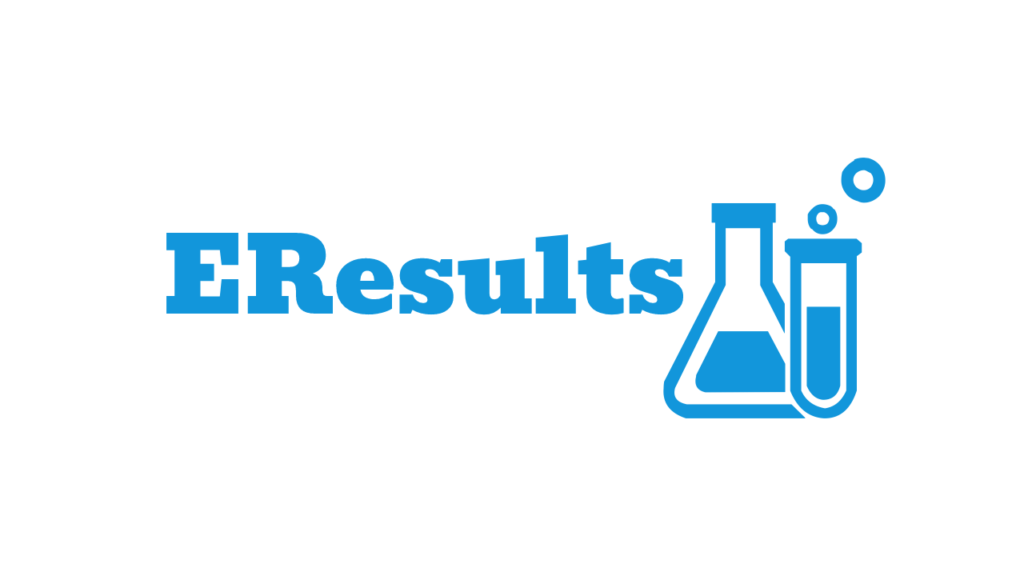EResults Innovative Shift In Healthcare
Obtaining EResults is a great way to see your doctor’s latest results without leaving your home. The benefits and costs of obtaining this important health record are explained in this article. To get started, simply fill out the form below. You will then receive a link to download your EResults. You can then print out the file, send it to your doctor, and get it sent right to your inbox! This makes it easy to send your doctor your results and save a lot of time and money.
Obtaining EResults
Obtaining EResults is an easy process, and it allows multiple doctors to share test results and collaborate. EResults are also user-friendly, so even the most inexperienced practitioners can access them. They can improve patient care by improving communication and improving outcomes. These documents can also save lives. If you or a loved one has recently had a procedure or undergone an exam, consider obtaining EResults to make your life easier.
Obtaining EResults is available around the world and doesn’t require complicated system requirements. You will need a Windows operating system to use this system. Linux is not supported, but Windows is the most widely used system. EResults also supports mobile devices. The system is easy to use, and it does not require advanced computer specifications. The only downfall is that it does not support Linux. The only requirement is that you have an internet connection.
Obtaining EResults is safe, confidential, and convenient. You can also download test results and print them out if you want. You can even save them to your computer and send them to a healthcare provider for further checkups. The good news about obtaining EResults is that you can access your results from any device with an Internet connection. However, you should be aware that it is not possible for all medical tests to be reported online at once.
Digital transformation is redefining the ways that clinicians manage care and deliver services. This shift is transforming how patients access, pay for and manage care. In this article, we’ll explore how this transformation is affecting healthcare. You might be surprised by the changes that are occurring. Read on to find out how digital transformation is transforming the way we deliver care and pay for it. In addition to the shift toward greater patient satisfaction, digital transformation is also changing how we access and pay for health care.
Digital Transformation is Changing the way Clinicians are Organized to Deliver Care
The digital transformation of healthcare is changing the way that hospitals and clinical teams organize themselves to provide care. It enables more efficient care delivery and patient experience, reduces costs, and improves interoperability. For example, one hospital network, Brigham Health, has introduced video chats and online appointments to improve patient satisfaction. These initiatives have led to a 97% patient satisfaction rate. Other innovations are smartphone apps that can monitor infected people and provide real-time communications and issue self-quarantine guidelines.
The main goal of digital transformation in healthcare is to create a better customer experience, improve business outcomes, and better serve the end consumer. EResults key to success is, to begin with high-value, low-cost innovation. According to McKinsey’s research, companies that adopt a long-term view outperform peers in the long term. By adopting a long-term investment strategy, healthcare organizations can transform care across the entire care cycle.
Virtual reality has already started to enter the healthcare sector. It allows patients to manage their health records, make appointments, and track vital health metrics in real-time. In addition, advanced technologies are enabling healthcare organizations to create cost-effective services and eliminate unnecessary waste. In addition, virtual reality can help with chronic pain, anxiety, and post-traumatic stress. These innovations are transforming the way clinicians interact with patients and improving the patient experience.
Healthcare organizations are generating enormous amounts of data daily. The information is generated by innovations, medications, and research. EResults data is commonly referred to as big data. Big data is an essential component of modern healthcare and a central ingredient in digital transformation. Big data makes it easier to develop patient profiles, overcome limitations in understanding diseases, and improve diagnostics. The digital transformation of healthcare is paving the way for a new era of patient care.
Despite the hype of digital transformation, the benefits of using technology in healthcare are clear. It improves clinical workflows, connects clinicians with real-time decision support, and increases patient engagement. It also adds important layers of security to protect patient information. It makes clinicians’ lives easier and reduces costs. It also improves the quality of care and the patient experience. EResults the benefits of digital transformation in healthcare, hospitals and clinicians alike will reap the benefits.

It is Changing the way Patients Access Care
The use of patient-centric models in healthcare is transforming the way that patients access to care. The economics of patient-centric models are compelling. For example, satisfied patients are 28 percent less likely to switch providers and are five to six times more likely to use other services from their provider. In addition, they perceive fewer physician visits as a result of the system. EResults most importantly, patients who are more satisfied with the system believe they are getting better care, which in turn leads to better health outcomes.
Patient-centered care centers around the patient and his or her needs, as well as his or her family’s needs and wants. These models prioritize empathy, two-way communication, eye-to-eye contact, and the ability to think beyond symptoms. Additionally, EResults emphasize collaborating with others to improve the patient’s health, including peer support programs, social workers, and mental health providers. Other patient-centered care services include transportation and literacy education services.
Efforts to improve the patient experience are advancing the use of patient-centric technology across care delivery. With the emergence of a patient-friendly platform, a central provider can improve access to care and empower patients to take more control of their health. The shift to value-based care models is expected to accelerate over the next decade. The percentage of insured patients in “at-risk” contracts is expected to increase 10 percent per year between 2021 and 2025, compared to a one percent increase in the overall population. Various types of payers and care model segments are making the transition to value-based care.
The future of health care delivery is patient-centric, virtual, and integrated. New medical technologies are enabling patients to receive care anywhere, anytime. The future of healthcare delivery is patient-centric, virtual, ambulatory, and even in the home. In addition to patient-centric care, the future will be risk-bearing and data-driven. By harnessing the power of data-driven care, patients, apps will experience greater value and quality.
It is Changing the Way We Pay for Care
Value-based reimbursement combines the concept of patient-centered care and rewards providers for achieving superior value and better health outcomes at a lower cost. In the U.S., this change is being spearheaded by the Centers for Medicare & Medicaid Services. The results of this work are promising and the healthcare industry should take note. Here’s how it works:
The United States spends 17.1 percent of its GDP on health care. The United Kingdom and Germany spend 11.2 percent of their GDP on health care. The health care system in the United States is heavily reliant on private providers, while Canada and the United Kingdom rely heavily on public funding. This system will ultimately have to be changed to provide more value to the American people. the result is a good example of a platform that is changing the way we pay for healthcare.
The No Surprises Act and similar healthcare legislation aim to address unexpected medical bills and rising pharmaceutical costs. But this approach only addresses one part of the problem. Many Americans don’t understand how much their healthcare costs are. Many factors play a role, depending on the type of care and the health condition. Lack of transparency in the healthcare industry makes it hard for consumers to understand the cost of care. However, a recent change in healthcare legislation offers hope for a better future.
The COVID-19 pandemic is having a dramatic effect on consumer behavior and expectations. According to a recent survey by McKinsey, most consumers have tried new brands in the last year, switched to in-home activities, and engaged in online engagement. The survey suggests that many of these changes may stick. And once the pandemic is over, consumers’ expectations will be higher than ever.
It is Changing the way we Manage Care
Payors are aggressively cutting reimbursement and moving away from fee-for-service models to performance-based payment models. Medicare and Medicaid pay at rates far below those paid under private insurance plans. At the same time, more independent physicians are becoming salaried employees of health systems to save costs. Hence, the transition to performance-based reimbursement is likely to take longer than in the previous few years. Yet, it is clear that the shift is inevitable.
NewsInfowars is a Professional Blog that provides the latest business strategies, modern tech, gaming, reviews, and interesting news.




